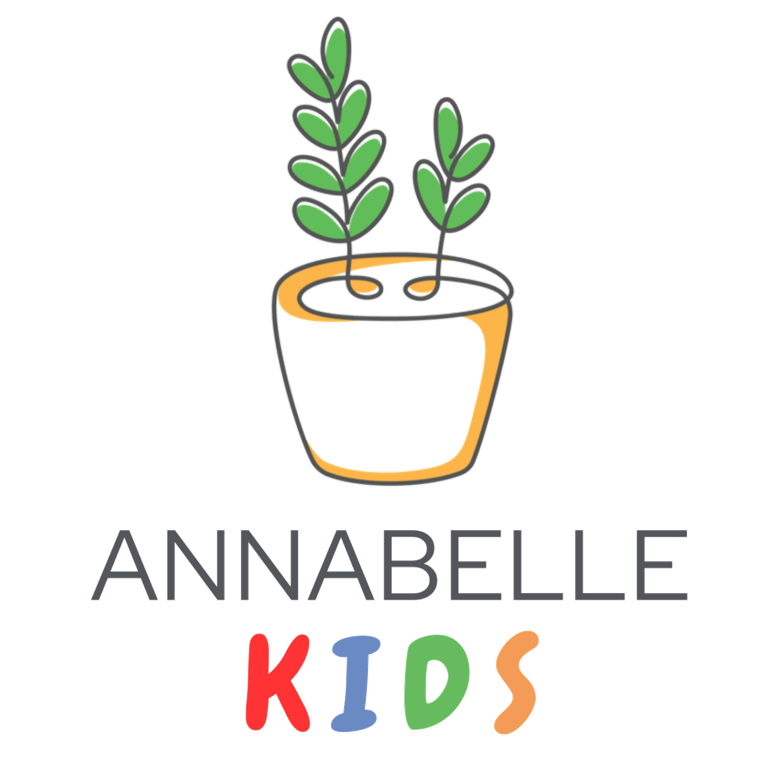Vocal Disorders
Speech Sound Disorders
Do you recall learning a new language and the confused looks on others’ faces as they tried to understand what you were saying? Although language facilitates human communication and connection, learning to speak is a relatively challenging process, even more so for children.
As children learn to talk, they learn to pronounce various sounds at different ages. They learn some sounds earlier, like “p”, “h”, or “b”, while others, like “sh”, “st”, or “th” take longer to master. Most children can articulate almost all speech sounds correctly by 4 years old.
However, when a child’s articulation or pronunciation is delayed or deviant from normal speech sound development, they may have speech sound disorders. These are also referred to as "articulation disorders" and "phonological disorders".
Types of speech sound disorders
There are five different types of speech sound disorders in children.
1. Organic Speech Sound Disorder
Underlying structural abnormalities (e.g., cleft lip and palate)
Motor/neurological problems (e.g., brain injury)
Sensory/perceptual impairments (e.g., hearing impairments).
2. Functional Speech Disorder
Difficulties in learning to produce particular speech sounds.
Challenges in the motor production of speech sounds (articulation) and in linguistic aspects of speech production (phonological).
This disorder is idiopathic and has no known cause yet.
3. Developmental Phonological Disorder
Disruption of sound patterns
“Sop” instead of “shop” or “pill” instead of “spill”.
4. Developmental Apraxia of Speech
Difficulties in planning and coordinating the complex oral movements of lips, tongue, and jaw to produce speech sounds.
The child’s brain knows what it wants to say but cannot properly plan and sequence the required speech sound movements.
5. Developmental Dysarthria
Motor speech disorder involving problems with strength and control of the speech musculature.
Common in children with cerebral palsy or traumatic brain injury, for instance.
Signs of Speech Sound Disorder
A child with a speech sound disorder may display one or more of these signs and symptoms.
Ψ Omissions or deletions
Certain sounds are not produced but omitted or deleted
E.g. “boo” for “book” and “cu” for “cup”
Ψ Substitutions
One or more sounds are replaced with a different sound
E.g., “thing” for “sing”, “wabbit” for “rabbit”
Ψ Additions
One or more sounds are added or inserted into a word.
E.g., “buhlack” for “black”
Ψ Distortions
Sounds are altered or changed
E.g., An interdental “s” whereby the “s” sound is produced with the tongue in between teeth
Ψ Syllable-level errors
A syllable is repeated or deleted
E.g., “tephone” for “telephone” (deletion), “dada” for “dad” (repeat)
Ψ Prosody errors
Inappropriate use of stress, rhythm, intonation, and intensity during speech
What Causes Speech Sound Disorder?
Unfortunately, the exact causes of functional speech disorders, developmental phonological disorders, and developmental apraxia of speech are unknown. However, developmental dysarthria is often caused by nerve impairment and muscle function.
Additionally, some conditions such as cleft palate, hearing impairment, tongue-tie, pediatric stroke, and certain syndromes can affect a child’s clarity of speech.
How is Speech Sound Disorder Diagnosed?
Acquiring speech sounds is a developmental process, and children often demonstrate "typical" errors and phonological patterns during this acquisition period. Hence, fret not if you notice that your child makes speech sound mistakes – they are simply part of their learning!
However, if you strongly suspect that your child has a speech sound disorder, consulting a speech therapist will be recommended to differentiate developmentally appropriate errors and patterns from those that are unusual or not age appropriate.
Here at Annabelle Kids, speech sound disorders are typically diagnosed by our experienced speech and language therapist (SLT) who will conduct an assessment of language comprehension and production. to determine the type of speech disorder(s) your child with unclear speech has.
If required, your child will be referred to other professionals for assessment and management. For example, he or she may be referred to an audiologist if hearing loss is suspected, or a psychologist if other learning difficulties are suspected.
Each speech sound disorder requires a different type of intervention. Once an official diagnosis is made, our speech therapist will devise an individualised management plan for your child.
How is Speech Sound Disorder addressed?
Intervention selection will depend on many factors, including the child's age, the type of speech sound errors, the severity of the disorder, and the degree to which the disorder affects overall intelligibility.
Some intervention options are summarised below:
Ψ Articulation Drill and Motor Learning
A child is taught directly how to move and coordinate the articulatory mechanism for producing individual speech sounds (phonemes)
Involves direct instruction, motor practice and drills
Ψ Oral Motor Therapy
Improves muscle strength, motor control, and breath control.
Helps people develop fluency, which produces smoother speech that sounds more natural.
Ψ Speech Therapy
The speech therapist may model correct sounds and syllables for a child during age-appropriate play to teach the child how to make certain sounds.
Exercises are conducted using books, pictures, play and other objects.
Provide strategies and homework for child and parent/caregiver on how to practise speech therapy exercises at home
Early intervention provides your child with the best opportunities for normalising their speech
With support of a speech therapist, children with speech sound disorders can still build the appropriate skills they need to succeed in school and in life. Intervention also helps enhance their self-esteem and self-confidence to enhance their quality of life.
In many cases, children with speech difficulties do respond well to interventions, and show marked improvements in their speech over time.
My child has been diagnosed with a Speech Sound Disorder. What can I do to help?
Parents and caretakers play an important role in their therapy which continues outside of the clinical setting. You can help by practising the recommended speech strategies and activities with your child at home and follow up on therapy visits regularly.
Reach out to our speech and language therapists for support with assessment and management of speech sound disorders!


